Have you heard of terms like ‘immersive audio’ or ‘spatial audio’?
‘Immersive’ means ‘engaging’, and ‘spatial’ refers to ‘space’. These terms might be familiar to some of you.
Currently, Apple Music has a dedicated section for spatial audio, supporting spatial audio playback with binaural audio when using earphones or headphones.

Some trending songs even have a dedicated pop-up indicating support for Dolby Atmos Spatial Audio. Discussions comparing regular audio sources with spatial audio are heating up on international forums and message boards. In Japan, there is also a noticeable increase in posts comparing regular and spatial audio versions of famous artists’ songs.

But what exactly is spatial audio?
Many viewers might have this question. So, this time, I will focus on introducing and explaining spatial audio, particularly Dolby Atmos.
First, let’s take a brief look back at the history of audio. Understanding this history is important as it deepens our comprehension of the current state of the music industry.
01 Recording Playback and Monophonic (Monaural)
As you may know, the history of recording and playback spans approximately 147 years as of 2024. The sound from early playback devices was monophonic (1 channel).
The concept of waveform recording dates back even further, but the first playback idea began in 1877 when Thomas Edison invented the phonograph.
Phonograph with Wax Cylinder and Edison (April 1878), Source: Library of Congress
You may have seen images of the phonograph, like the famous one with the His Master’s Voice dog. Unlike the now-dominant stereo (2 channel) sound, mono (1 channel) produced sound from a single point.
The dog’s name is Nipper, Source: Victor
It’s unclear whether the geniuses of the time were dissatisfied with mono playback, but four years after the phonograph's invention, Clément Ader introduced the world’s first 2-channel sound system in Paris in 1881. He transmitted live opera audio from the opera house to the Paris Electrical Exhibition via telephone lines. This was the world’s first 2-channel (stereo prototype) system, transmitting signals in real-time rather than recording and playback.
02 The Birth of Stereophonic (Stereo)
Although a stereo prototype existed as early as 1881, the path to recording and playback was long and arduous. Many might know that the first films, like Workers Leaving the Factory (1895), were silent and monochrome. Reports from 1895 screenings even noted that all that remained was to combine phonographs with color.
It took 30 more years for talking movies (talkies) to emerge, combining sound with images. This leap required significant advances in recording and amplification technologies.
In 1925, AT&T’s manufacturing division, Western Electric, introduced a vastly improved electronic acoustic system, including high-sensitivity condenser microphones and recording equipment. The famous Bell Labs, an independent AT&T entity, was established in 1925. On October 6, 1927, Warner Bros. released The Jazz Singer, the first commercially successful talkie.
This turning point brought immense profits to the industry, leading to the rapid decline of silent films. The profits were then reinvested in equipment upgrades and new technologies. The 1930s significantly influenced the evolution of film and audio technology, and many figures whom I regard as legends began to emerge during this period.
As a side note, today’s speakers commonly feature 2-way or 3-way systems with woofers, squawkers, and tweeters, which had already been practically implemented by 1931. It was during this time that the current cinema standard of 24 frames per second was established. Additionally, technologies like directional microphones and post-synchronization (dubbing) were developed, forming the foundation of modern audio-visual production.
In 1931, Alan Blumlein of EMI and his team developed the 2-channel stereo recording system, securing a patent in 1933. This system became the standard for stereo records.
By the 1930s, patents for stereo films and even surround sound had been filed. Blumlein, often revered as a pioneer in stereo recording, even has a recording technique named after him.
A recording method using two bidirectional microphones, distinct from the M/S technique , CC BY-SA 3.0 (Source: Wikipedia)
03 Master Walt Disney
Walt Disney, whose name is now known worldwide, had a profound impact on the world of sound. On November 18, 1928, he released Steamboat Willie, a work that is said to be known by everyone in the industry. Disney had long aspired to create films with high artistic value, and he decided to produce Fantasia (1940) in stereo, a decision he reportedly made as early as 1937.
As an aside, the conductor appointed by Disney, Leopold Stokowski, was a pivotal figure in modern orchestral recording. The current standard orchestral arrangement, known as the Stokowski Shift, greatly influenced stereo recording, the orchestral industry, and even popular music thereafter. It is also said that Stokowski was the one who introduced Disney to the concept of stereo sound.
The soundtrack recording took place in April 1939, using a custom optical recording system designed for films, capturing the audio in a 9-channel multitrack format.
This movie was the first to utilize stereo effects, making it a significant milestone in sound technology. Upon its initial screening, it employed a 3-channel stereo system (left, center, right) and used up to seven speakers, laying the groundwork for modern surround sound.
Unfortunately, Fantasia was not commercially successful. Due to the extensive time and effort required for the setup of its sophisticated system, it did not achieve widespread adoption.
04 Tape Recording and Radio/Television Broadcasting
The advent of magnetic tape made stereo recording widely common in the music industry by around 1957 (multitrack recording followed later).
At that time, the number of prestigious record labels increased, and records and record players became much more affordable (about one-tenth of the previous cost), accelerating the adoption of stereo records among consumers.
Additionally, experiments with stereo broadcasting in radio and television began, leading to practical implementation by the 1960s.
However, in the film industry, large-scale 70mm movies employed 6-channel audio, while some 35mm films used 4-channel audio. Despite these advances, the 1960s marked a shift from film to television, and no major revolution in film sound occurred after Walt Disney’s Fantasia.
Stereo remains the dominant playback format even as of 2024.
05 The Arrival of Star Wars
In 1977, an unmissable milestone in the history of sound arrived: Star Wars.
With Star Wars adopting Dolby Stereo, the widespread adoption of Dolby Stereo equipment in cinema sound quickly followed.
At last, the name Dolby makes its appearance. Following Star Wars, film sound evolved into 5.1-channel and 7.1-channel formats. With the rise of DVDs, 5.1-channel playback became possible in home audio and home theater systems, and the spread of surround sound continued into the 2000s.
As a side note, formats like SACD and DVD Audio also emerged during this time.
06 The Arrival of the iPod
The device that revolutionized our modern music environment was the iPod, an incredible creation brought to life by the compression technology of MP3s and the visionary genius Steve Jobs. This device paved the way for the iPod Touch and eventually the iPhone.
Today, most people listen to music via streaming services, marking a shift from the era of music ownership. In an age of large-capacity, high-speed networks, a new competition for music formats has begun.
Earlier, I mentioned SACD and DVD Audio. As next-generation formats, they came and went, but in reality, Immersive Audio and Spatial Audio represent the most significant revolution in the world of sound in about 50 years.
07 The Warring States Era of Immersive Audio and Spatial Audio
Throughout history, iconic works and sound technology have always been closely intertwined. Pioneering creations are invariably supported by cutting-edge technology.
In Tokyo, Immersive Fort Tokyo opened this March, and Apple Music offers a dedicated section for spatial audio. These next-generation sound technologies, provided by various platforms, aim to deliver even more immersive experiences, extending beyond traditional surround sound.
In Japan, formats like Dolby Atmos and 360 Reality Audio are well-known, though they still require advancements in playback hardware for widespread consumer use. However, in the world of large-scale entertainment, these formats have already become global standards. This wave is rapidly approaching, in tandem with advancements in VR and the metaverse.
Many audio devices now support Dolby Atmos, including those from Antelope Audio, which have incorporated this functionality.
The “sound & person” column is made up of contributions from you.
For details about contributing, click here.





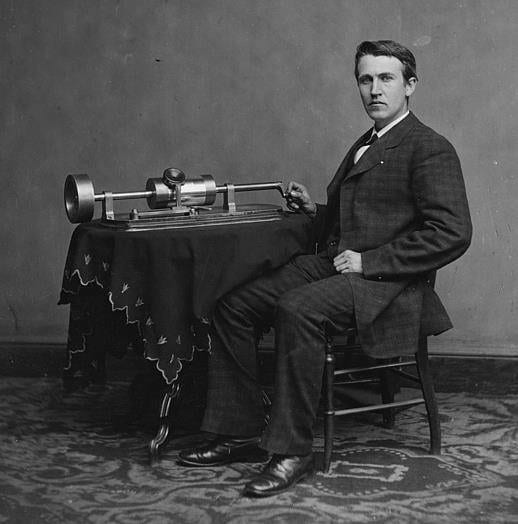
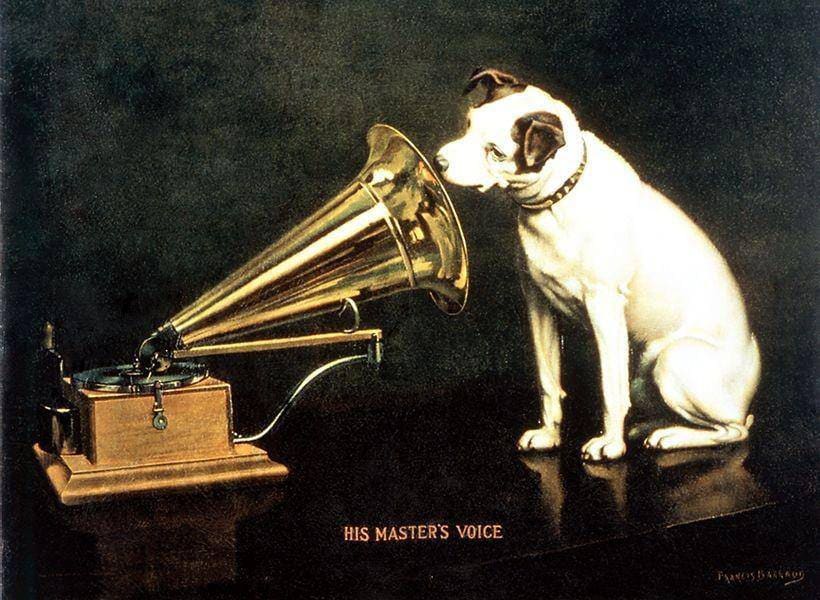
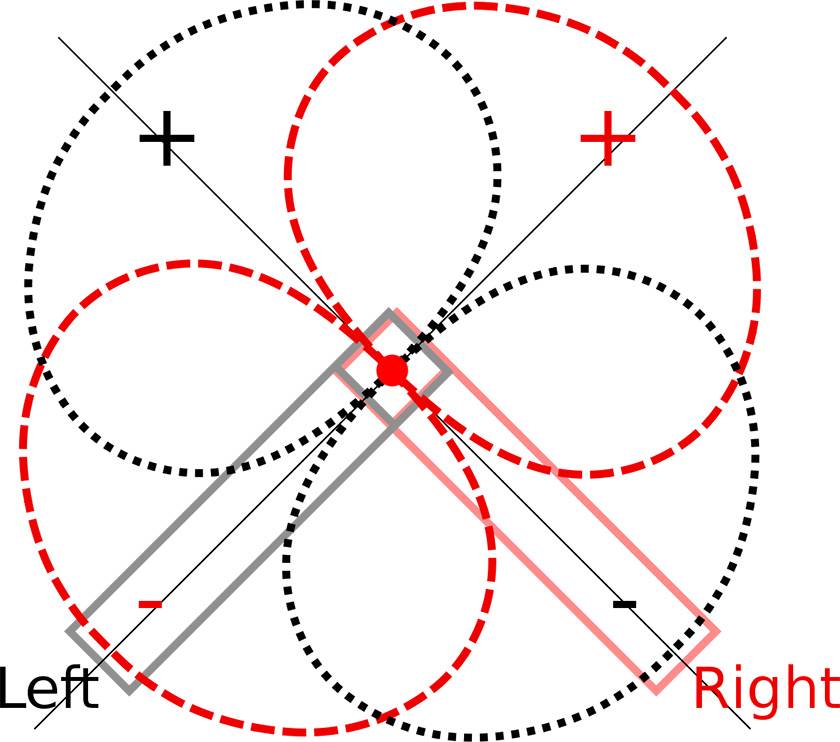
![[Limited in quantity] Buy ANTELOPE AUDIO Orion 32+ | Gen 4 and get an MRC as a gift!](https://www.soundhouse.co.jp/contents/uploads/5/2024/6/20240614_5_27182.jpg)






![[In-Depth Review] Antelope Audio Zen Quadro Synergy Core!](/contents/uploads/thumbs/2/2024/5/20240520_2_26913_1.jpg)
![[Thoroughly Reviewed] Discrete 4 Pro Synergy Core Detailed Review! - Including Edge Note](/contents/uploads/thumbs/2/2023/5/20230510_2_22495_1.jpg)
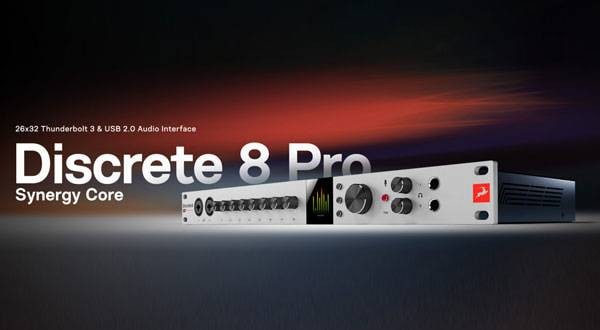
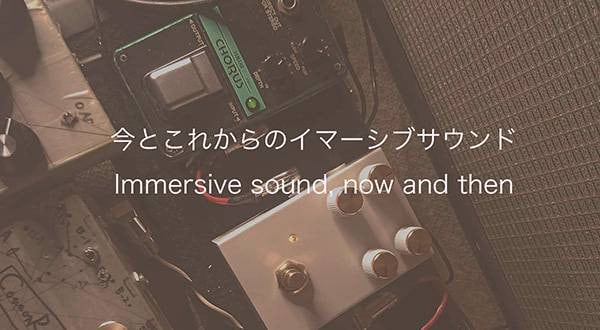

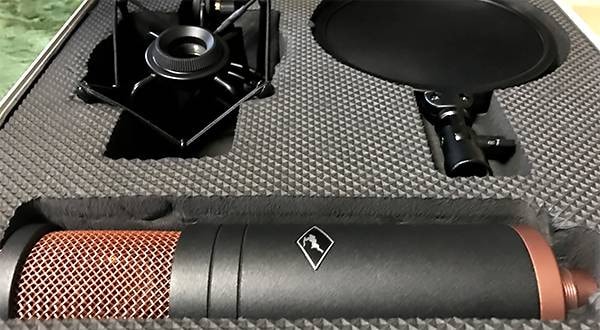
 厳選!人気のおすすめオーディオインターフェイス特集
厳選!人気のおすすめオーディオインターフェイス特集
 自宅スタジオの作り方
自宅スタジオの作り方
 ANTELOPE AUDIO 特集
ANTELOPE AUDIO 特集
 スタジオモニタースピーカーを選ぶ
スタジオモニタースピーカーを選ぶ
 機能で選ぶ オーディオインターフェイス
機能で選ぶ オーディオインターフェイス
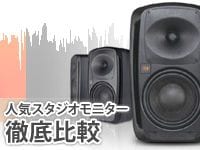 人気スタジオモニター徹底比較
人気スタジオモニター徹底比較















